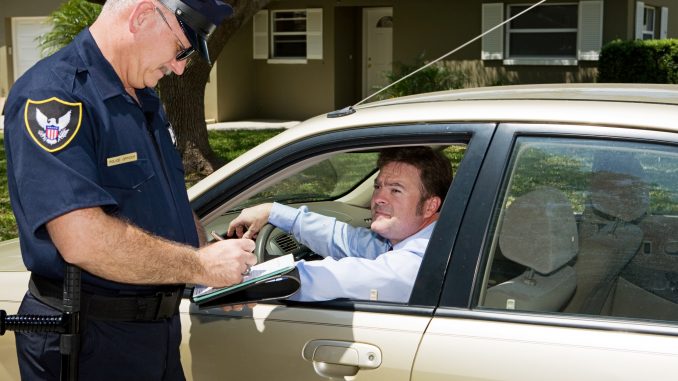
 Ever wonder how police get you for over-speeding? Surely, if you are cited for over-speeding, you are already familiar with how stalker radar guns work. More commonly referred to as police speed radar, how does the speed gun work?
Ever wonder how police get you for over-speeding? Surely, if you are cited for over-speeding, you are already familiar with how stalker radar guns work. More commonly referred to as police speed radar, how does the speed gun work?
Measuring Speed
Earlier versions of police speed radar guns (Radio Detection and Ranging) use the Doppler technology, where it detects the number of wavelengths of the moving object. In 1989, a revolutionized version of police speed radar guns was introduced, using LIDAR technology, or light detection and ranging. LIDAR uses a series of light pulses sent out with a specified time interval to the target to get the average speed.
To calculate the speed, it measures the length of time the light pulse bounces – from the time it was sent until it reached the target and then bounces back – and then divides the value by two. Sending hundreds of light pulses to the target, the police speed gun will be able to calculate the speed with high accuracy.
Even during inclement weather conditions, speed radar guns are said to be effective. However, the range may be closer than 1,000 feet, which is the suggested farthest distance when measuring speed.
Stationary vs. Moving
The innovations on speed radar guns allow police officers to be able to measure the speed of their target even while driving their patrol car or motorcycles. Stationary radars are usually handheld models which are very popular during the 1980s. Currently, the State of Pennsylvania allows the use of police radar only when in stable mode.
On the other hand, moving-type police speed radars are usually mounted on a police car or motorcycle, allowing police officers to drive while measuring the speed of their target. Mounted speed radars with one antenna are designed to measure the speed of the target they are following. If you noticed that there are two antennas, these speed radars could also detect the speed of vehicles approaching them from behind.
